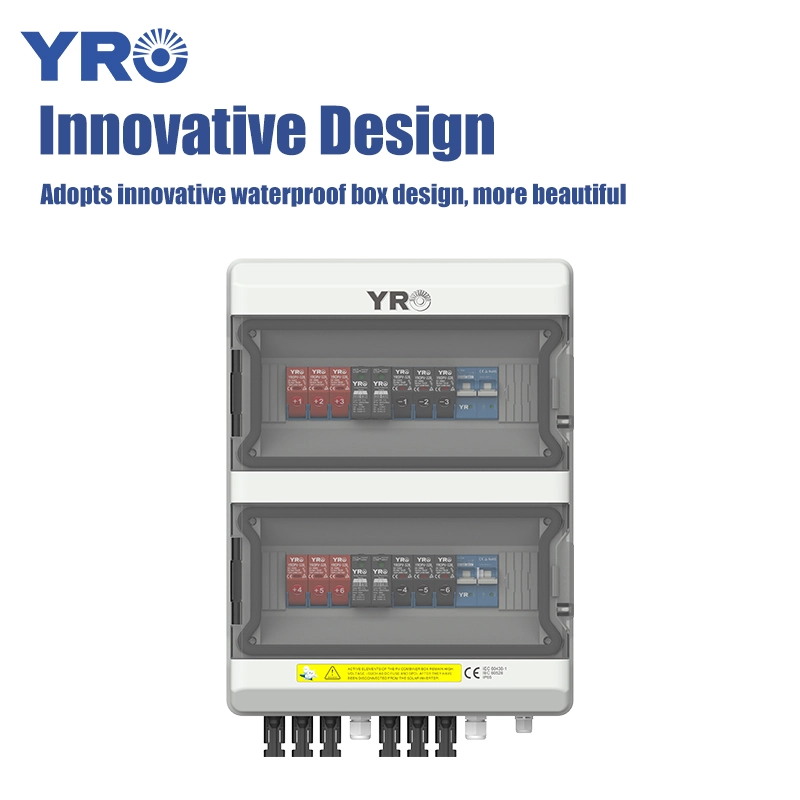Will a 6-in 2-out 600V DC Solar Distribution Box exceed its 600V limit in extreme low temperatures?
2025-07-31
In solar power generation systems, 6-in 2-out 600V DC Solar Distribution Boxes play a critical role, consolidating six DC inputs into two outputs and ensuring a maximum voltage of 600V to protect downstream equipment. However, when exposed to extreme low temperatures, such as winter conditions below -20°C, the risk of voltage rise becomes a key concern. This is due to the open-circuit voltage (Voc) characteristics of photovoltaic modules. Lower temperatures can cause the overall system voltage to rise, theoretically exceeding the design threshold. Therefore, understanding the tolerances and risk factors of this type of distribution box is crucial.
The essence of voltage rise lies in the physical behavior of photovoltaic cells: lower temperatures increase the bandgap energy of semiconductor materials, thereby driving up the open-circuit voltage. For example, a solar module's Voc can increase by approximately 3-5% for every 10°C drop in temperature. For a 6-in 2-out 600V DC solar distribution box, if the array connected to the input is not equipped with temperature compensation measures (such as an MPPT controller or overvoltage protection device) in extreme low temperatures, the voltage buildup could approach or exceed the 600V upper limit. This could put additional stress on the distribution box's internal components (such as circuit breakers or fuses), increasing failure or safety risks.
Overall, while a 6-in 2-out 600V DC solar distribution box does have the potential to exceed the 600V upper limit in extreme low temperatures, modern designs typically incorporate safety margins and protection mechanisms, such as built-in fusing or automatic voltage limiting, to mitigate this risk. In practice, installing environmental monitoring and overvoltage protection components is recommended to prevent problems. With proper configuration and management, this distribution box can maintain stable operation under harsh conditions.





